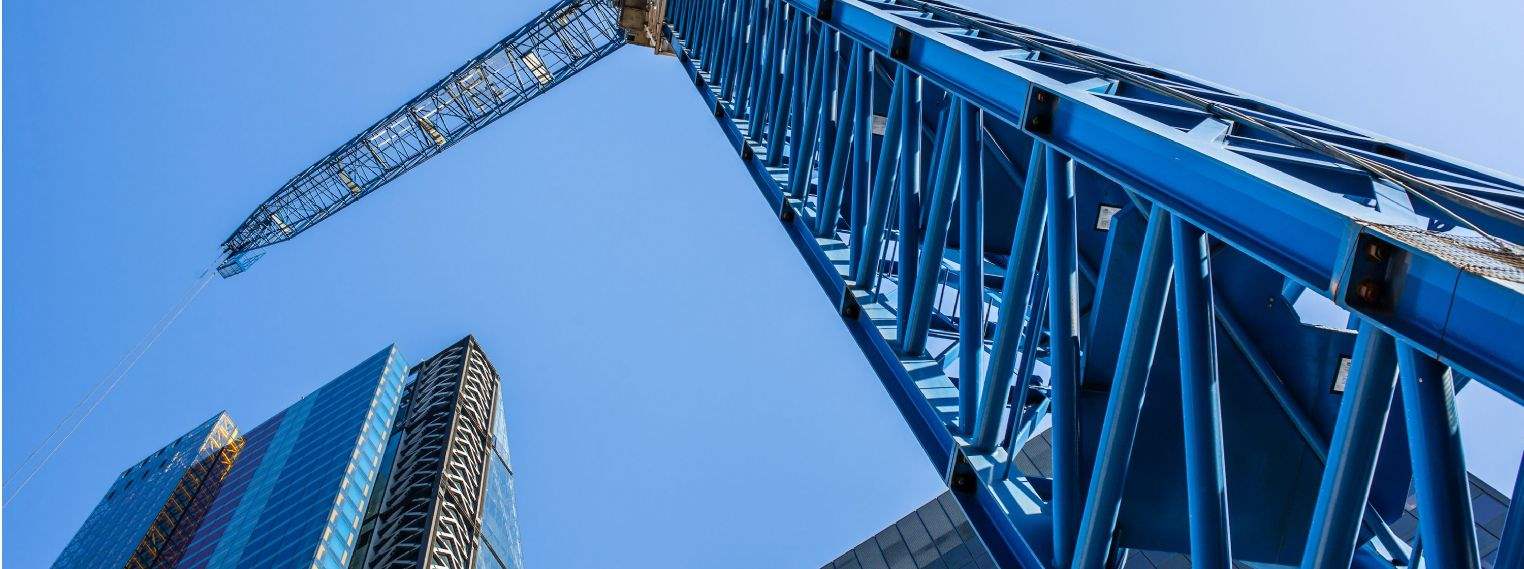If you walk past any construction site in the UK there is a 70 per cent chance that the works are either running late, over budget or perhaps both. Facing political pressure and an imminent skills shortage, the industry is already under significant strain, but luckily there is a solution to this growing problem in the form of off-site construction, otherwise known as Modern Methods of Construction.
Off-site construction is nothing new, in fact it can be traced back to the 1800s, yet despite its proven benefits it’s still resisted by developers, design teams and funders. In part this is due to misconceptions that have been hard to shake. Historic experiences of scout huts and 1960s' school buildings have undoubtedly helped to fuel negative feelings.
Off-site construction is already used in many sectors, but it’s not currently the standard delivery model. The tipping point for adopting it will vary for each sector and will occur at different times and rates. For example, 85 per cent of the Cheesegrater, one of London’s most iconic buildings, was built off site, as were terminals two and five at Heathrow Airport.
In reality, off site comes in all shapes and sizes. Panelised, volumetric and hybrid systems can be used to build anything from individual homes to hotels typically 20 to 50 per cent faster than conventional construction. Productivity has also proven to be significantly higher in off-site facilities when compared with those working on site. And contrary to popular belief, productivity gains of as much as 20 per cent don’t come from heavily automated facilities, instead it’s the mere process of moving away from a building site and into a factory that makes things more efficient.
There are also a number of other advantages to off-site construction. Essentially it enables one single company to be responsible for supplying a major part of the development, with some also providing funding. This cuts across the traditional main and sub-contractor model, significantly speeding up the process. In turn it creates income producing assets at a much faster rate, which could be a game changer when it comes to speculative development, especially for the office sector.
This type of construction is also much more sustainable, creating minimal waste. This is in contrast to conventional building sites where often 10 per cent of all material is thrown away.
Of course, there are still challenges to overcome beyond public perception. For one, the number of new players heightens the risk of insolvency and they are using construction techniques that have often not been subject to the test of time. Questions also remain over the contracting, financing and mortgagability of off-site buildings, particularly residential, but this is likely to change as its popularity increases.
With Brexit looming and an endless housing crisis, off-site construction would appear to be the answer to many problems faced by the UK construction industry. However, with demand still low the method needs to build its reputation as well as actual buildings.
Further information
Read more: Savills ProgrammE and Cost Sentiment Survey





